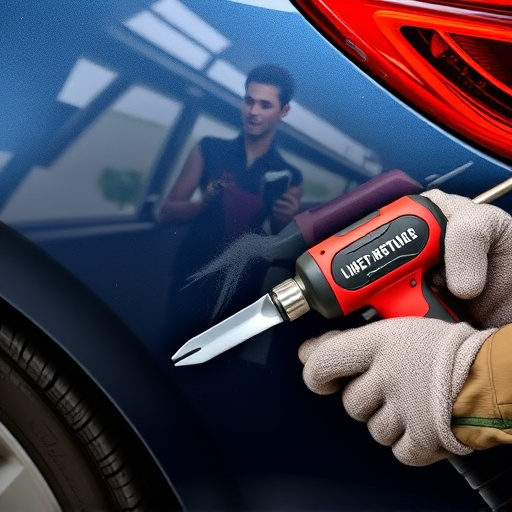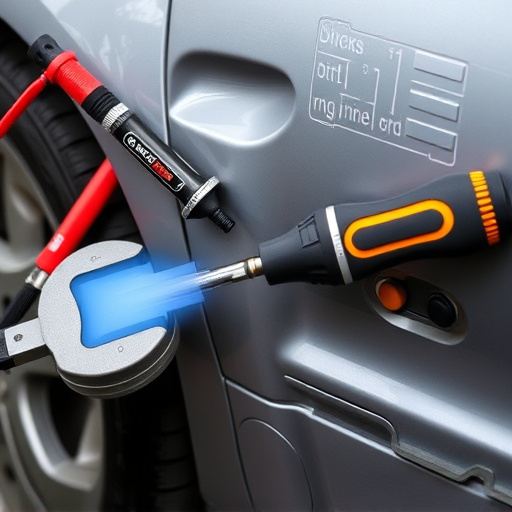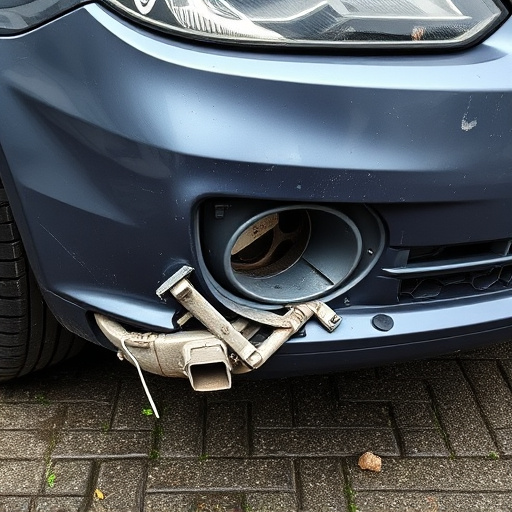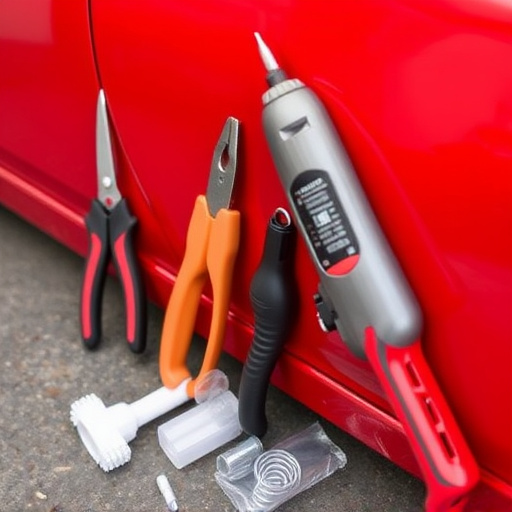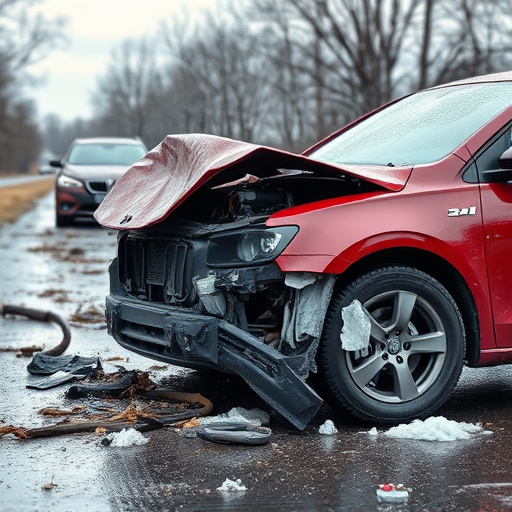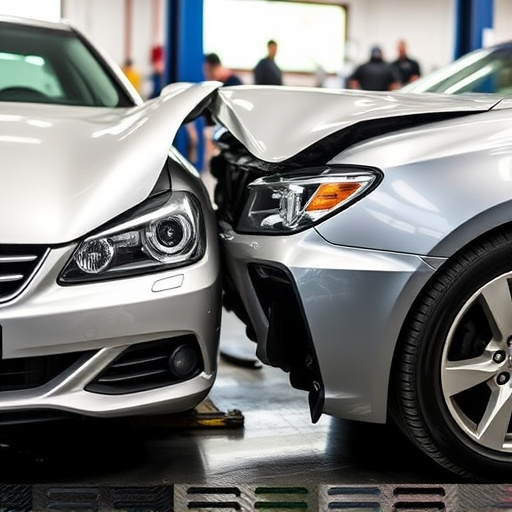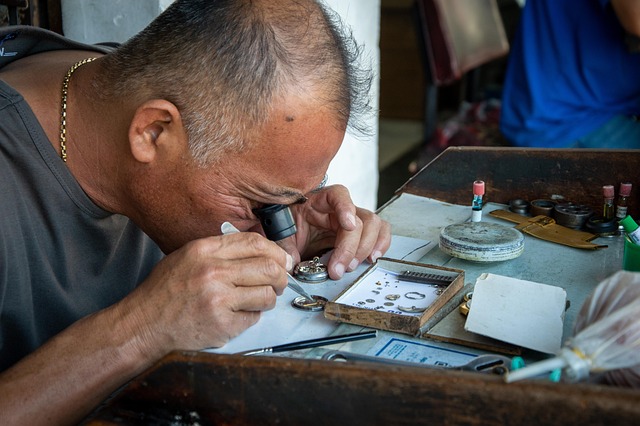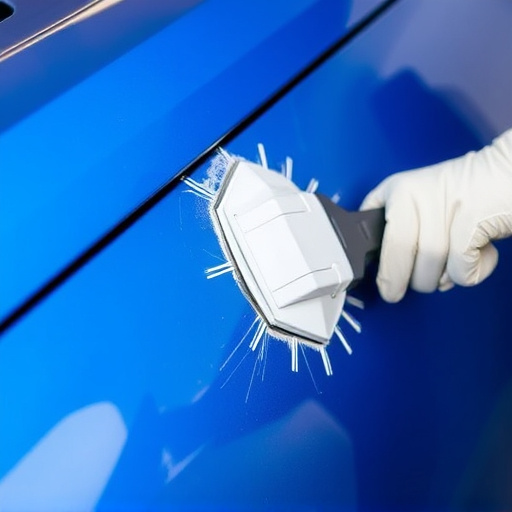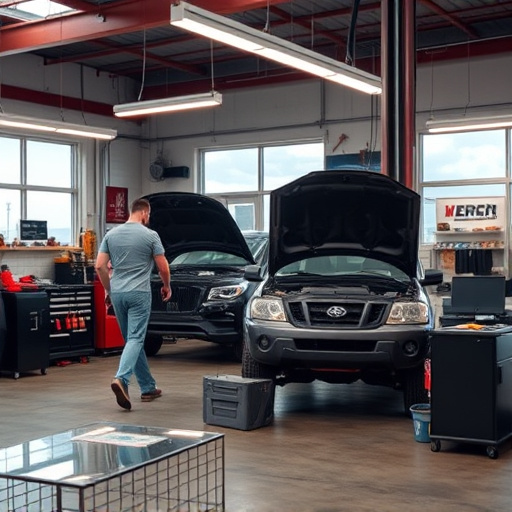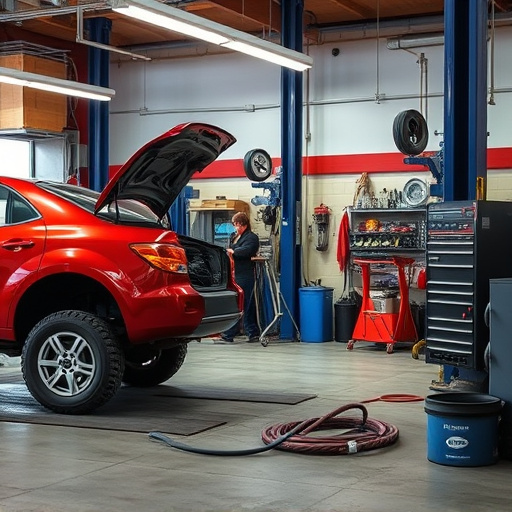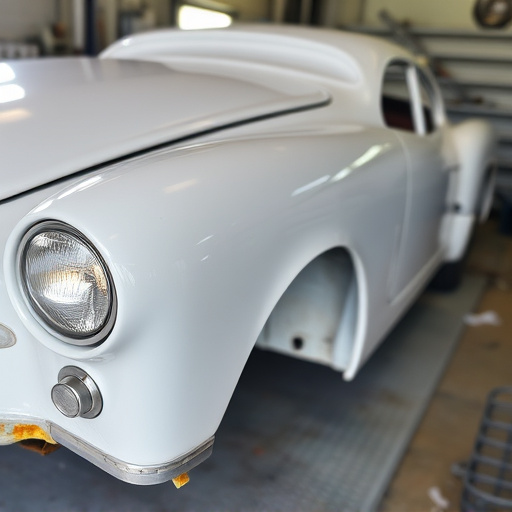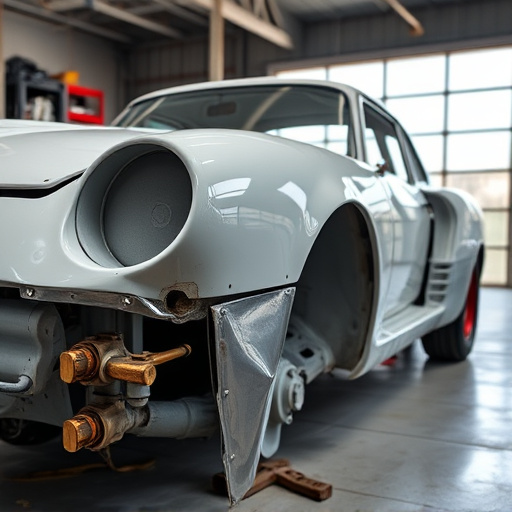Tesla's 12V system, crucial for vehicle functionality, includes the battery, alternator, fuse box, and relay modules. Common issues like battery drain or faulty relays can cause various problems. Early identification is key to preventing severe damage. Using genuine OEM parts is recommended over aftermarket options due to compatibility issues and reduced reliability. Prioritize safety during repairs by disconnecting electrical components, wearing protective gear, and exercising meticulous attention to detail. Enhanced caution should be taken with bumper, dent, or scratch repairs near the 12V system to avoid damaging surrounding electrical components.
Tesla vehicles are renowned for their cutting-edge technology, but even these advanced systems aren’t immune to issues. A common problem that owners often face is the need for a Tesla 12V system repair. This article delves into the intricacies of understanding your vehicle’s 12V components and common failure points. We’ll explore the risks associated with aftermarket batteries versus genuine repairs, emphasizing safety practices for troubleshooting and installation to ensure long-lasting performance and peace of mind for Tesla owners.
- Understanding Tesla's 12V System: Components and Common Failures
- Repairs vs. Aftermarket Batteries: Risks and Considerations
- Safety First: Troubleshooting and Installation Best Practices
Understanding Tesla's 12V System: Components and Common Failures
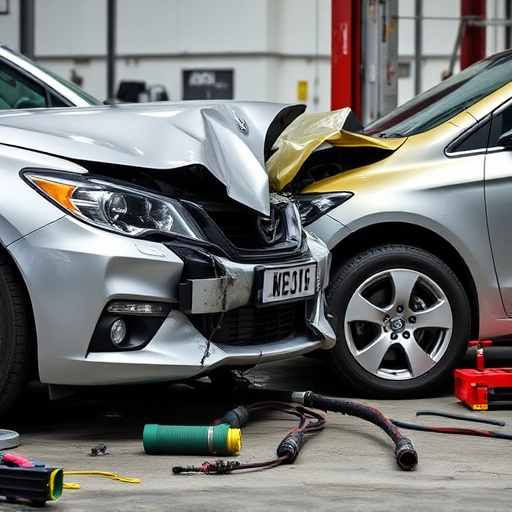
Tesla’s 12V system is a crucial component that powers essential functions within the vehicle, from lighting and accessories to navigation and infotainment systems. Understanding this intricate network involves grasping its key components, which include the battery, alternator, fuse box, and various relay modules. These parts work in harmony to deliver power where it’s needed, ensuring the car runs smoothly. However, due to frequent use and exposure to extreme temperatures, the 12V system is prone to common failures such as battery drain, short circuits, or faulty relays, leading to issues like dim lighting, slow starter motors, or even complete system shutdowns.
Identifying these problems early on is vital for preventing more severe car damage repair. Many repairs can be undertaken using basic automotive body work tools and knowledge, with aftermarket replacement parts readily available. However, it’s important to note the risks associated with installing subpar batteries or components, as they may compromise the vehicle’s performance and potentially void warranties offered by Tesla or reputable automotive repair services.
Repairs vs. Aftermarket Batteries: Risks and Considerations
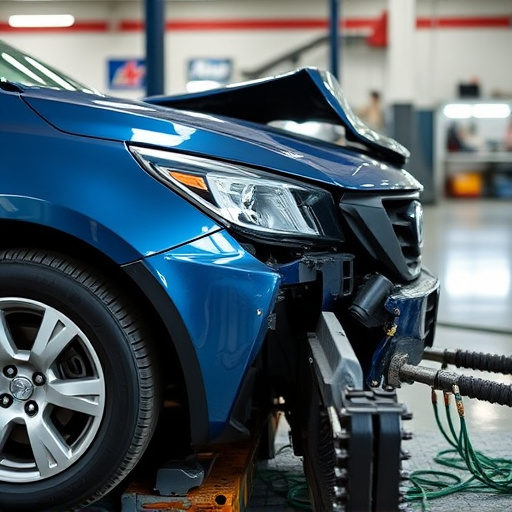
When it comes to Tesla 12V system repairs, sticking with genuine OEM parts is a wise choice. While aftermarket batteries might seem like a cheaper alternative, they pose several risks. These include compatibility issues, potential safety hazards, and reduced reliability, which could lead to costly additional repairs for your Mercedes Benz or any other vehicle.
A reputable car body shop will always recommend original equipment for such critical systems due to their stringent quality control measures. Aftermarket parts may lack the same level of testing and may not function optimally, potentially causing damage to other components or even posing a safety risk on the road, similar to how a bumper repair should be handled by professionals to ensure structural integrity.
Safety First: Troubleshooting and Installation Best Practices
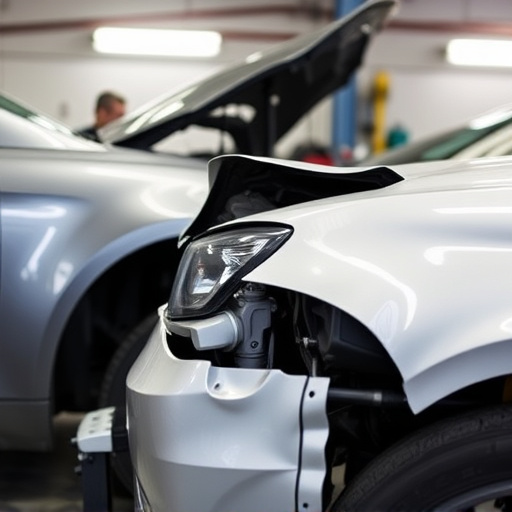
When tackling a Tesla 12V system repair, safety should always be the top priority. Before beginning any troubleshooting or installation, ensure all electrical components are unplugged and disconnected from the vehicle to prevent accidental shocks or short circuits. Wear protective gear, such as insulated gloves and safety glasses, to mitigate risks associated with handling batteries and electrical systems.
During the repair process, pay close attention to detail and double-check connections. Ensure that every wire is properly routed and secured, minimizing the chances of loose connections that could lead to malfunctions or even accidents. For instances involving bumper repair, dent repair, or scratch repair near the 12V system, exercise extra caution. These cosmetic modifications should be performed with care to avoid damaging surrounding electrical components, preventing potential safety hazards and ensuring the longevity of your Tesla’s 12V system.
When addressing Tesla’s 12V system repair, understanding the intricate components and common failure points is key. While aftermarket batteries may seem like a quick fix, they pose significant risks due to quality disparities. Prioritizing safety through proper troubleshooting and adherence to best installation practices is essential to avoid potential hazards. For any repairs or replacements, consulting professional guidance ensures your Tesla’s 12V system remains reliable and safe.

